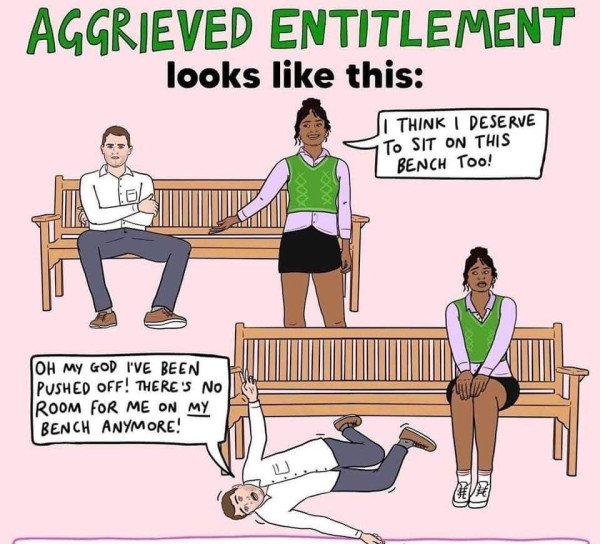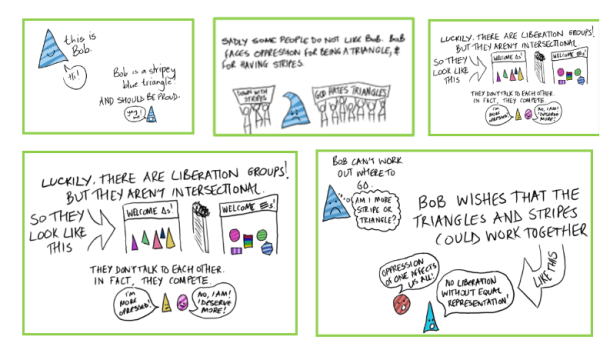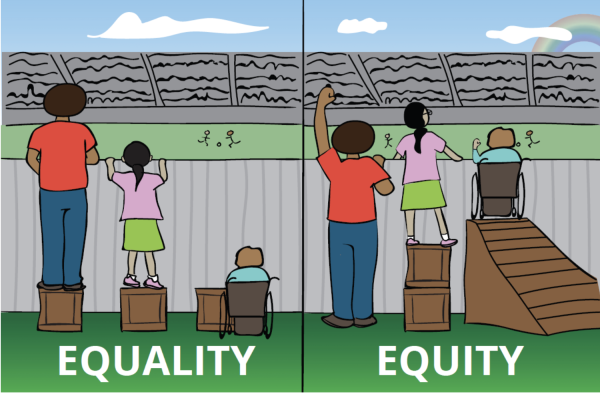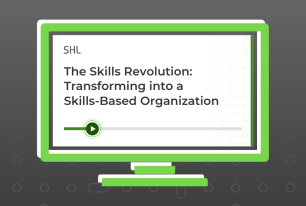Why Embracing Equity Is Key to Organizations’ DEI Strategies
How organizations can embrace equity to play their part in DEI efforts and why it is key to reaching gender equality.
Share
The aim of International Women’s Day (IWD) is to “advance women’s equality in all its forms”, and this year’s theme is #EmbracingEquity. The concept of equity seems simple, but it is often misunderstood and misrepresented. While we have seen undeniable progress since the first IWD in 1911, it is clear we still have some way to go to reach gender parity.
- We have seen gender pay gap legislation fail to have the desired impact (in the 5 years since its introduction the median gap has decreased by just 1.2% across the FTSE100. 1 in 3 FTSE companies has seen their gap increase. (HR Data hub report)
With all this in mind, it is no surprise that the World Economic Forum suggests that none of us will see gender parity in our lifetime, in fact, they think it is over a century away.
This blog explores how the concept of equity is key to reaching gender equality and explores how organizations can #EmbraceEquity to play their part.
1. Equity is NOT the same as equality
Let’s start by exploring exactly what we mean by equity. The inclusion world has been awash with clever metaphors to explain the difference between equity and equality. We have shoe analogies, apple trees, and even parties, and dancing.
Put simply, equity is not about everyone receiving the same thing (that is equality), equity takes into account that not everyone is at the same starting point, and perhaps different tools and interventions are needed for different groups, in order to get them to the same endpoint.
The cartoon below sums it up best for me:
So, if we put this into the context of gender equality in the workplace, #EmbracingEquity could look like a number of different things:
- Career development programs aimed at women
- Internal employee networks aimed at supporting women
- Flexible working policies
- Improving parental leave policy
- Gender representation targets
Sometimes a focus on equity, can lead to people wondering “what about me”, and if we are to truly #EmbraceEquity, we need to understand where this comes from and how we can move past it, without switching huge groups of people off from the inclusion agenda.
World Economic Forum suggests that none of us will see gender parity in our lifetime, in fact, they think it is over a century away.
2. Understanding the “What about me” challenge?
The last few years have seen a huge rise in aggrieved entitlement or “Whataboutism” in the inclusion world. #AllLivesMatter, #NotAllMen, and #WhiteLivesMatter are all examples of this, all serving to polarize communities and distract from the original issues at hand. This cartoon from satirical cartoonist Lilly O’Farrel demonstrates it perfectly.

Source: Vulga Drawing
It can be tempting to write off the man on the bench as a bigot, someone unwilling or unable to accept change. But if organizations do this, they run a risk of their whole inclusion strategy failing.
In fact—actively trying to understand the views of the man on the bench can be a better approach, open and respectful discussions can help to explain that addressing the imbalance for women benefits men too; it leads to better parental rights for fathers and will play a part in dismantling the rise of toxic masculinity.
If we want to truly #EmbraceEquity, and create inclusive organizations for everyone, we need to try harder to understand this mindset, to create allies—people who will; gladly share the bench!
- Involve everyone in the formulation of an inclusion strategy (especially people who sit in the majority group)
- Proactively bust myths, i.e. Setting representation goals does not equal positive discrimination—use data to help with this.
- Use the tools available to minimize the bias ingrained in human decision-making and introduce objectivity, and increase the science around decision-making for hiring and promotion.
- Communicate the thinking and rationale behind inclusion plans and activities, and make sure the leaders in your organization are leading by example
- Education is key! Not just classroom-based, or online learning. Use a range of events, blogs, and learning opportunities to create lightbulb moments. Lightbulb moments help create allyship.
- Understand that you won’t change everyone’s mind….. some people will always want that bench all to themselves, and it will be detrimental to your own mental health to constantly try and persuade them otherwise. It’s ok to move on, knowing you’ve tried.
3. #EmbracingEquity is important for everyone
Sometimes we see this “Whataboutery” taking place between under-represented groups. ]. We hear of the inclusion “buzzwords” or “flavors of the month”. Inclusion is not ice cream or pie. There is enough to go around for everyone, it is not a zero-sum game. Focusing attention on one particular under-represented group, will not detract from the efforts of another. However, we cannot operate in an inclusion vacuum, and we need to work harder to create inclusion strategies that acknowledge and address the intersectionality between different groups. Miriam Dobson explains this brilliantly below:

Intersectionality is another misunderstood inclusion term—essentially it is saying we all experience the world based on the mix of things that make up our identity; race, religion, gender, health…the list goes on. Oversimplifying this, for example, thinking that all women experience the world in the same way (without considering that Black women’s experience is different to white women’s and different again to disabled women) means we will always miss the mark when it comes to equity. If equity is about understanding that everyone is at a different starting point—organizations have to consider intersectionality in their people plans.
There is no quick win and no easy answers in the inclusion space and that can make it tempting for organizations to sit back and claim it is not their role to fix wider societal issues. The reality is we all have a part to play—no matter how hard the challenge, truly embracing equity will help us get there.
Stay tuned for more content around IWD 2023! Meanwhile, explore our Collection of resources to find out inspiration and information to help you make progress every day toward advancing women’s equality in the workspace.











